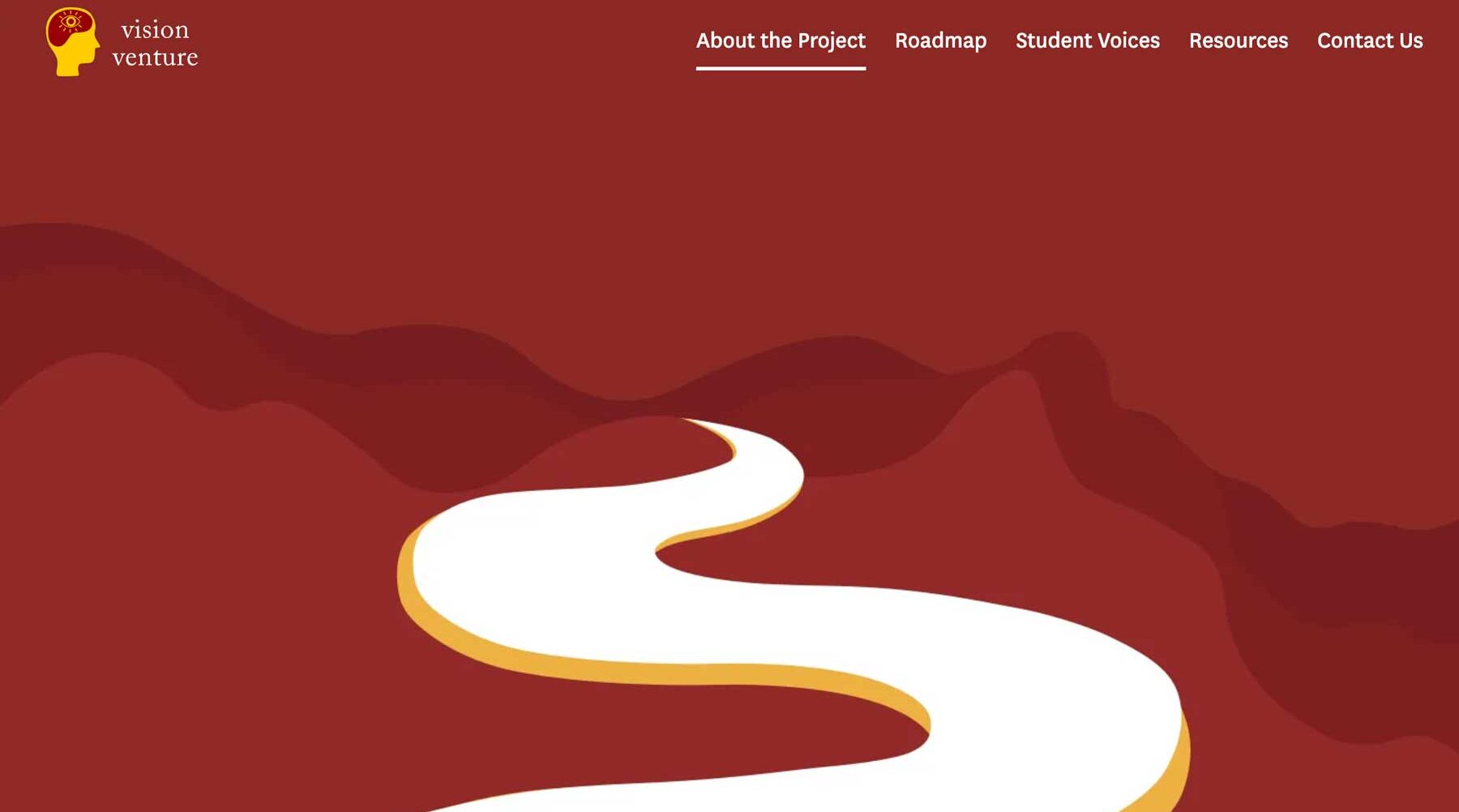[et_pb_section fb_built=”1″ _builder_version=”4.16″ _module_preset=”default” global_colors_info=”{}”][et_pb_row _builder_version=”4.16″ _module_preset=”default” global_colors_info=”{}”][et_pb_column type=”4_4″ _builder_version=”4.16″ _module_preset=”default” global_colors_info=”{}”][et_pb_divider _builder_version=”4.16″ _module_preset=”default” global_colors_info=”{}”][/et_pb_divider][et_pb_text _builder_version=”4.20.0″ _module_preset=”default” custom_margin=”||-1px|||” global_colors_info=”{}”]
A paper by Professor Harly Ramsey, PhD, Associate Professor of Technical Communication Practice, Viterbi School of Engineering, University of Southern California entitled:
“Engineering Moment as a Pedagogical Approach: Using Narrative Theory to Promote Student Awareness of their Engineering Identities” lead the way to this promising program.
Abstract:
This essay approaches narrative theory broadly and explores the structural elements within which individual and collective stories operate. Using Mikhail Bakhtin’s concept of the chronotope (an enmeshment of time and space), it examines the implications of contemporary discursive time-space constructions of engineering and engineering education. It proposes a chronotope, Engineering Moment, as a way to denaturalize and engage underlying assumptions about the future of engineering. By positioning the engineering student within this chronotope, it suggests a complementary pedagogical approach. An extra-curricular example demonstrates that engineering students can be empowered to control their perspectives of time, resulting in increased agency and a clearer understanding of their engineering identities.
[/et_pb_text][et_pb_button button_url=”https://thecte.org/wp-content/uploads/2023/03/engineering-moment-as-a-pedagogical-approach-using-narrative-theory-to-promote-student-awareness-of-their-engineering-identities-3-1.pdf” url_new_window=”on” button_text=”See Full Paper: %22Engineering Moment as a Pedagogical Approach: Using Narrative Theory to Promote Student Awareness of their Engineering Identities%22″ button_alignment=”left” _builder_version=”4.21.0″ _module_preset=”default” button_text_color=”#006938″ button_bg_color=”#FFFFFF” button_border_color=”#33CC66″ button_font=”||||||||” custom_margin=”0px||0px||false|false” custom_padding=”0px|22px|0px|22px|true|true” hover_enabled=”0″ global_colors_info=”{}” button_text_color__hover_enabled=”on|hover” button_text_color__hover=”#FFFFFF” button_border_color__hover_enabled=”on|hover” button_border_color__hover=”#FFFFFF” sticky_enabled=”0″ button_bg_color__hover_enabled=”on|hover” button_bg_color__hover=”” button_bg_enable_color__hover=”off”][/et_pb_button][et_pb_text _builder_version=”4.20.0″ _module_preset=”default” min_height=”295.4px” custom_margin=”70px||-1px||false|false” global_colors_info=”{}”]
This lead to the ground-breaking project called Vision Venture. The program just launched its second season. This paper explains the background of the program:
“Beyond the Vanishing Point: Using Future Self Theory and Student-Alumni Interviews to Expand Student Perspectives on Engineering Education and Engineering Work”
Abstract:
This paper discusses a co-curricular video project, Vision Venture, consisting of student-alumni interviews and student reflections on those exchanges, which are edited and curated into short thematic clips to be posted online. In essence, the interviews and curated videos are a narrative project—connecting the past, present, and future through storytelling and shared cultural (in this case engineering education) touch points. The paper presents two main findings from the interviews and the students’ reflections. First, there is an increasing recognition that personal subjectivities are intertwined with professional identities, whereas they were previously regarded as more distinct and segregated from each other. Second, there is a shift in understanding the nature of professional identities from a structured and permanent one to a more flexible one that embraces change. Vision Venture’s primary purposes are to demystify life after graduation for engineering students and to empower them to imagine multiple versions of their future selves.
[/et_pb_text][et_pb_button button_url=”https://thecte.org/wp-content/uploads/2023/03/Beyond-the-Vanishing-Point.pdf” url_new_window=”on” button_text=”See Full Paper: %22Beyond the Vanishing Point: Using Future Self Theory and Student-Alumni Interviews to Expand Student Perspectives on Engineering Education and Engineering Works%22″ button_alignment=”left” _builder_version=”4.21.0″ _module_preset=”default” button_text_color=”#006938″ button_bg_color=”#FFFFFF” button_border_color=”#33CC66″ button_font=”||||||||” custom_margin=”0px||0px||false|false” custom_padding=”0px|22px|0px|22px|true|true” global_colors_info=”{}” button_text_color__hover=”#006938″ button_text_color__hover_enabled=”on|hover” button_border_color__hover=”#33CC66″ button_border_color__hover_enabled=”on|hover” hover_enabled=”0″ button_bg_color__hover_enabled=”on|hover” sticky_enabled=”0″ button_bg_color__hover=”#FFFFFF” button_bg_enable_color__hover=”on” button_bg_enable_color=”on”][/et_pb_button][/et_pb_column][/et_pb_row][/et_pb_section][et_pb_section fb_built=”1″ _builder_version=”4.20.0″ _module_preset=”default” global_colors_info=”{}”][et_pb_row _builder_version=”4.20.0″ _module_preset=”default” global_colors_info=”{}”][et_pb_column type=”4_4″ _builder_version=”4.20.0″ _module_preset=”default” global_colors_info=”{}”][et_pb_button button_url=”https://visionventure.usc.edu/” url_new_window=”on” button_text=”Visit Vision Venture” _builder_version=”4.21.0″ _module_preset=”default” hover_enabled=”0″ global_colors_info=”{}” custom_button=”off” sticky_enabled=”0″][/et_pb_button][/et_pb_column][/et_pb_row][/et_pb_section]


